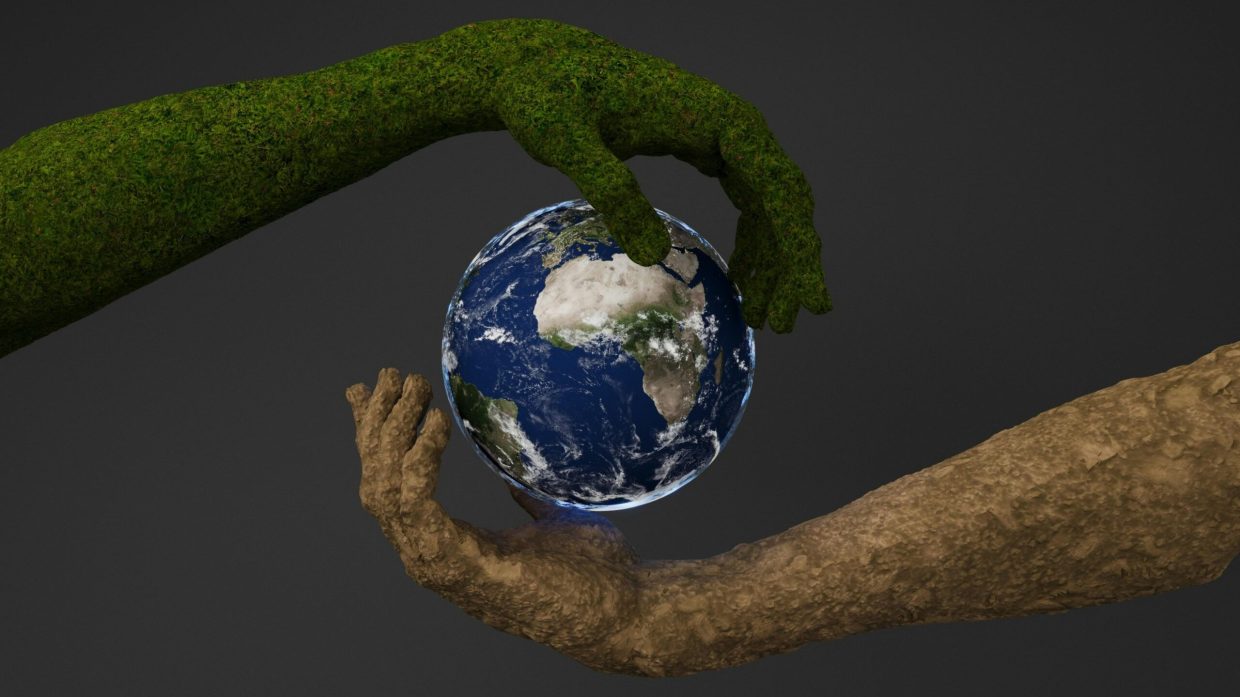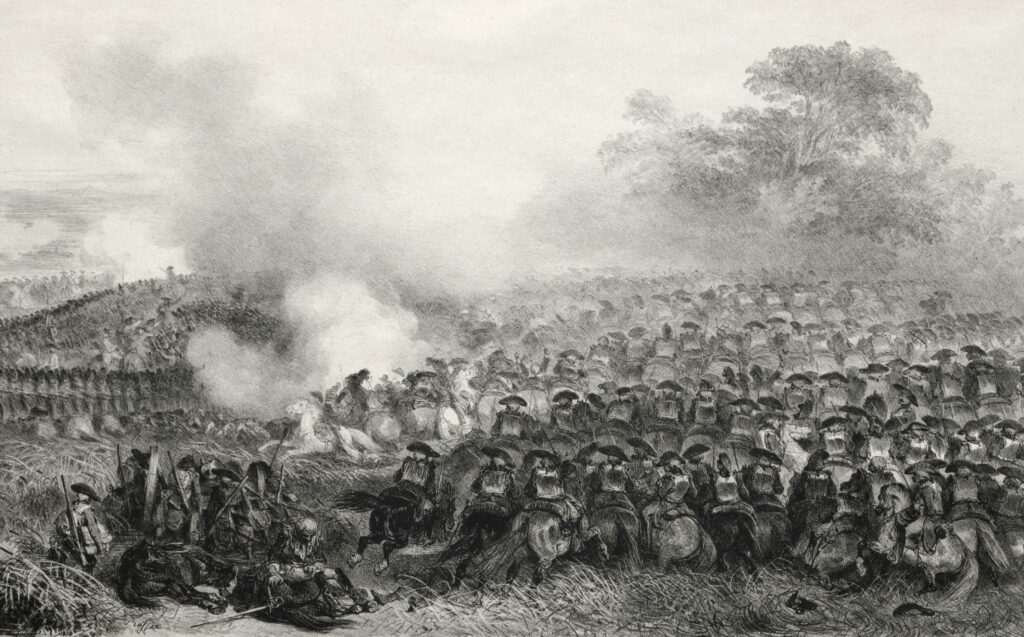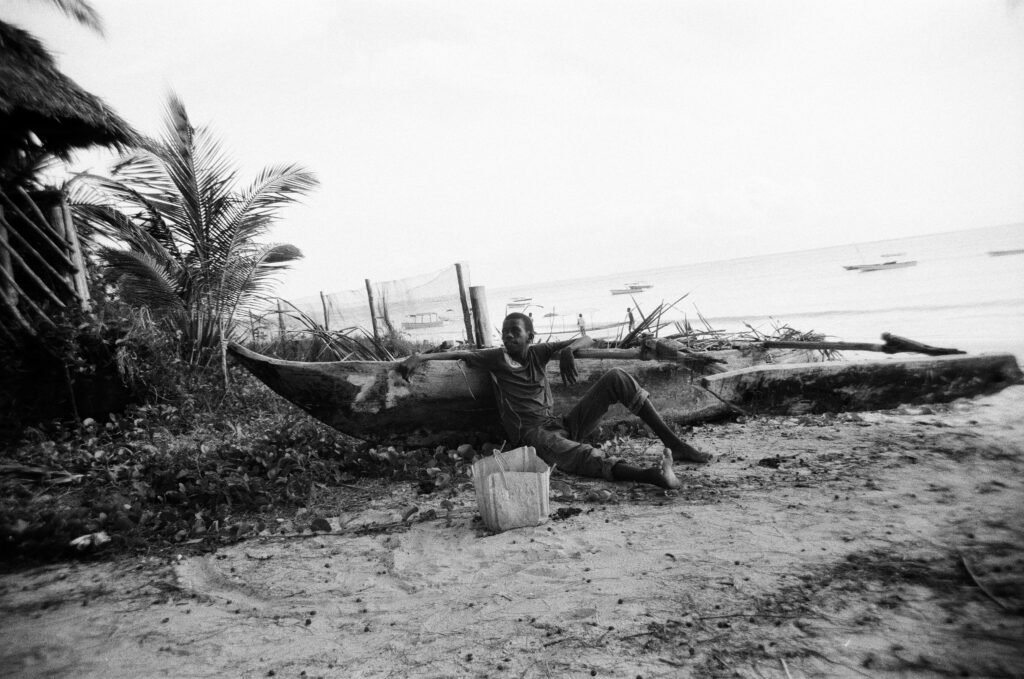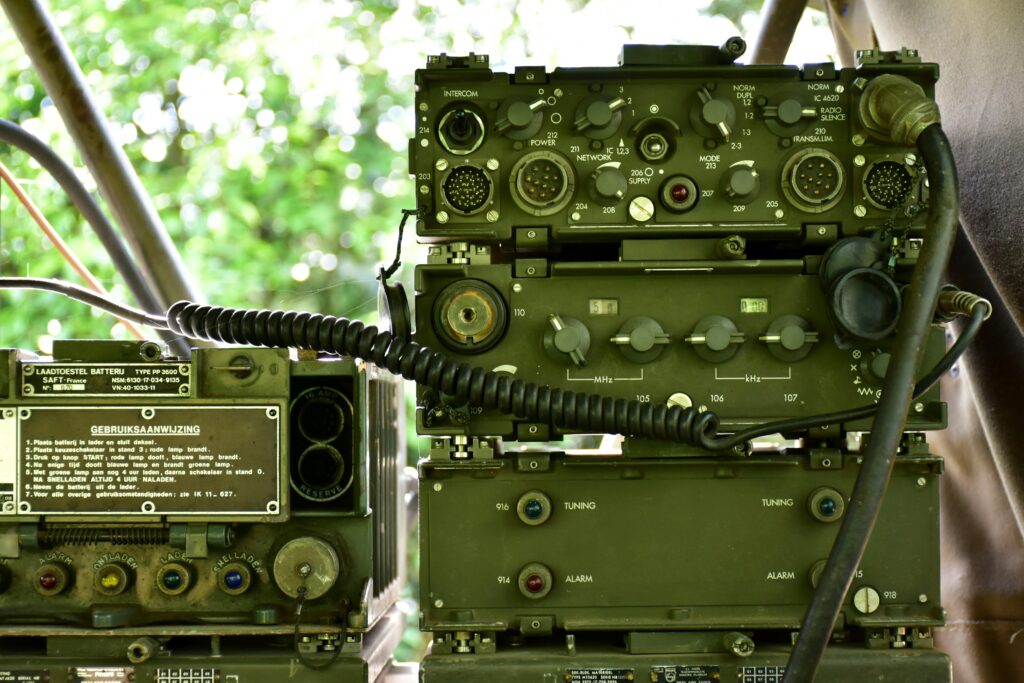When conflicts escalate to their fiercest, some military strategies venture beyond the battlefield, aiming to weaken the enemy by any means necessary. One such tactic is the scorched earth policy—a deliberate strategy of destruction designed to deprive an opponent of resources, shelter, and support. Though controversial and often devastating to civilians and the environment alike, this approach has been employed throughout history with significant impact. In this article, we’ll delve into the origins, applications, and consequences of the scorched earth policy, shedding light on how this brutal strategy has shaped warfare and its ethical implications today.
Table of Contents
- Introduction to the Scorched Earth Policy and Its Historical Context
- Tactical Objectives and Implementation in Modern Warfare
- Ethical Considerations and Long-Term Consequences of the Strategy
- Guidelines for Evaluating and Responding to Scorched Earth Tactics in Conflict Zones
- Closing Remarks
Introduction to the Scorched Earth Policy and Its Historical Context
The scorched earth policy represents a stark military strategy designed to cripple an enemy’s resources by destroying anything that might be useful to them as they advance. This method has been employed throughout history by armies seeking to starve out or demoralize their foes, sacrificing territory and infrastructure to gain a strategic advantage. Far from a tactic of sheer destruction, the scorched earth approach reveals a calculated willingness to endure short-term loss for long-term gain, turning the very land itself into a weapon.
Historically, this policy has appeared in multiple contexts, from the vast steppes of Russia to the rugged hills of China. Key examples include:
- Napoleon’s retreat from Moscow (1812): Russian forces destroyed crops and villages, leaving nothing for the invading French army.
- The American Civil War (1861-1865): Union General William Tecumseh Sherman famously implemented it during his March to the Sea, targeting Southern infrastructure.
- World War II: Both Axis and Allied forces employed scorched earth tactics in various theaters, notably during the German retreat on the Eastern Front.
Understanding this policy necessitates recognizing its brutal efficiency and the profound ethical debates it ignites, as it blurs the line between military necessity and humanitarian cost.
Tactical Objectives and Implementation in Modern Warfare
In contemporary conflicts, the scorched earth policy remains a controversial yet strategically potent method used to undermine an opponent’s operational capacity. More than mere destruction, this approach aims to deprive hostile forces of resources essential for sustaining military campaigns. Modern warfare sees an evolution in its implementation, where precision strikes and cyber tactics complement physical devastation, creating a multi-dimensional disruption. Commanders must weigh the tactical advantage against potential long-term geopolitical consequences and humanitarian impact, making the scorched earth policy a double-edged sword demanding calculated execution.
Effective application typically involves key tactical objectives such as:
- Resource Denial: Targeting supply lines, agricultural assets, and infrastructure to cripple enemy logistics.
- Psychological Impact: Sowing fear and uncertainty to reduce enemy morale and cohesion.
- Terrain Manipulation: Altering or destroying landscapes to impede troop movements or cover.
Implementation requires synchronizing these objectives with intelligence operations and rapid deployment forces, ensuring maximum disruption while minimizing collateral damage. Integrating emerging technologies like drones and precision-guided munitions enhances the efficiency of such tactics, reflecting an evolution from indiscriminate devastation to more calculated, tactical destruction tailored to modern battlefields.
Ethical Considerations and Long-Term Consequences of the Strategy
Employing such a ruthless tactic raises profound ethical dilemmas that transcend the immediate tactical gains. The deliberate destruction of not only enemy resources but also civilian infrastructure blurs the lines between combatants and non-combatants, often inflicting severe humanitarian suffering. This approach can erode international norms and laws designed to protect innocent lives during wartime, creating a precedent that may encourage reciprocal brutality. Additionally, the moral fallout can damage the reputation and legitimacy of the forces implementing this strategy, potentially alienating local populations and international allies alike.
Beyond the immediate devastation, the long-term consequences ripple through societies and environments for decades. Entire regions may face economic collapse, displacement of communities, and ecological damage that hinders recovery efforts. The social fabric can be irreparably torn, fostering cycles of resentment and radicalization that complicate post-conflict reconciliation. Key factors to consider include:
- Environmental degradation: scorched earth practices can lead to soil infertility and resource depletion.
- Economic instability: destruction of infrastructure disrupts trade and livelihoods.
- Generational trauma: communities often bear psychological scars long after physical repairs are made.
- Geopolitical repercussions: such strategies can harden animosities and provoke ongoing hostilities.
These implications highlight why some military strategists and ethicists argue for stringent oversight and alternative tactics that preserve human dignity and promote sustainable conflict resolution.
Guidelines for Evaluating and Responding to Scorched Earth Tactics in Conflict Zones
When confronted with scorched earth tactics, a strategic approach rooted in both assessment and mitigation is essential. Begin by conducting a thorough evaluation of the affected area to determine the extent of damage, focusing on key factors such as environmental impact, infrastructure loss, and civilian displacement. Leveraging satellite imagery and ground reports can offer critical real-time insights. Simultaneously, prioritize gathering intelligence on the adversary’s intent and operational patterns to anticipate further destructive maneuvers. This dual perspective allows responders to not only address immediate needs but also develop informed countermeasures to disrupt ongoing scorched earth operations.
Response protocols must integrate swift humanitarian aid with strategic rebuilding efforts tailored to conflict zones. Key considerations include:
- Rapid deployment of emergency food, water, and medical supplies to reduce civilian suffering and prevent secondary crises.
- Reconstruction planning that incorporates resilient infrastructure capable of withstanding future hostilities.
- Coordination among military, governmental, and non-governmental organizations to ensure cohesive action.
- Protection measures for preserving cultural and environmental landmarks targeted during these tactics.
By embedding these principles into operational frameworks, agencies can more effectively neutralize the destructive intent behind scorched earth policies and foster quicker recovery within conflict-ravaged regions.
Closing Remarks
In summary, the scorched earth policy remains one of the most extreme and controversial strategies in military history. While its intent to deny resources to the enemy can be tactically effective, the widespread destruction it causes often comes at a severe human and environmental cost. Understanding this strategy not only sheds light on past conflicts but also prompts important ethical considerations for modern warfare. As we reflect on the lessons of scorched earth tactics, it is crucial to balance military objectives with the responsibility to protect communities and preserve the land for future generations.













